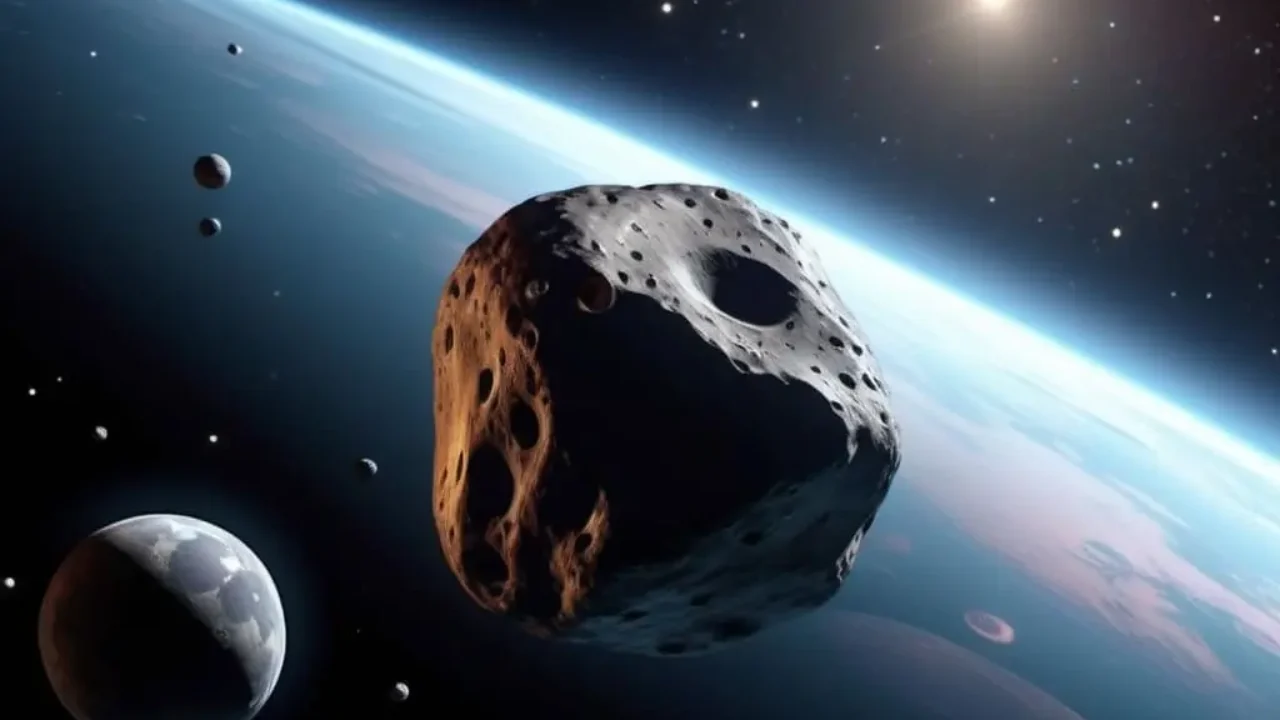NASA has issued an alert as Five asteroids are approaching Earth! Recently, the Asteroid 2024 PQ5 made its closest approach to the Earth on August 20, 2024. More asteroids are on their way towards Earth. These asteroids will fly by from Earth between August 27 and September 1.
None of the five asteroids is potentially dangerous for Earth. Still, NASA’s Jet Propulsion Laboratory and other space agencies are continuously monitoring these Near Earth Asteroids (NEAs), as a slight change in their trajectory and approach can be hazardous.
The first Asteroid 2020 RL will pass close to the Earth on August 27, 2024, at a distance of 2.91 million miles from Earth. The 2020 RL is an aeroplane-sized asteroid measuring 110 feet.
The Second Asteroid 2021 RA10, which is 92 feet in size, will pass at a distance of 1.62 million miles from the Earth on August 29, 2024, with no potential impact.
Next, Asteroid 2012 SX49 is the size of a yard, measuring 64 feet. It will pass within 26.65 million miles of the Earth with no destruction.
The Fourth Asteroid 2016 RJ20 is a giant, bigger than all the other asteroids that will fly by Earth this month. Asteroid 2016 RJ20 measures 210 feet and will pass within 4.34 million miles of our planet.
Last but not least, Asteroid 2012 JT is the smallest asteroid among all the other asteroids passing close to Earth in this time frame. It will fly by from our plane at a distance of 3.95 million miles.
Why is it necessary to track Asteroids?
Out of the thousands of space rocks, some asteroids might have an orbit that intersects with the Earth’s orbit posing a threat of a collision. Even the collision of a small asteroid can lead to massive destruction. Thus, it becomes important for scientists to keep track of these Near Earth Asteroids (NEAs) to safeguard our planet.
Studying this large number of Near-Earth Objects (NEOs) that regularly pass by the Earth provides us with important data about the formation of the solar system and the events that happened in the early solar system that led to our existence.
There are thousands of asteroids in the asteroid belt between Mars and Jupiter, and many remain untracked. Thus, studying these passing by asteroids will help us develop planetary defence systems and strategies to save ourselves play an important role.
However, in most cases, if an asteroid heads towards us, it will likely impact the oceans, as most of the Earth is covered with water.




